Despite being around for a very long time, Lyme disease and ticks have only recently become a top-of-mind health issue. That’s because the areas of Ontario considered ‘at-risk’ for Lyme disease are growing every year, thanks at least in part to climate change. In fact, southern Wellington County is now an ‘at-risk’ area. But, because ticks can be transported around by animals (including birds), you could encounter one almost anywhere in the province.
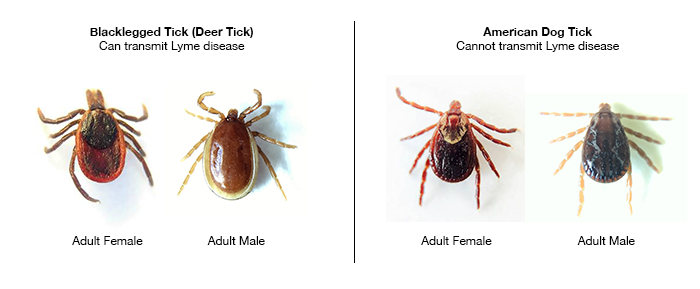
Did you know that at Public Health, we accept ticks from the public for identification and possible testing? We also go out and flag for ticks within Wellington, Dufferin and Guelph. Now, let me tell you, flagging for ticks…is definitely not a job for everyone!
What is flagging? 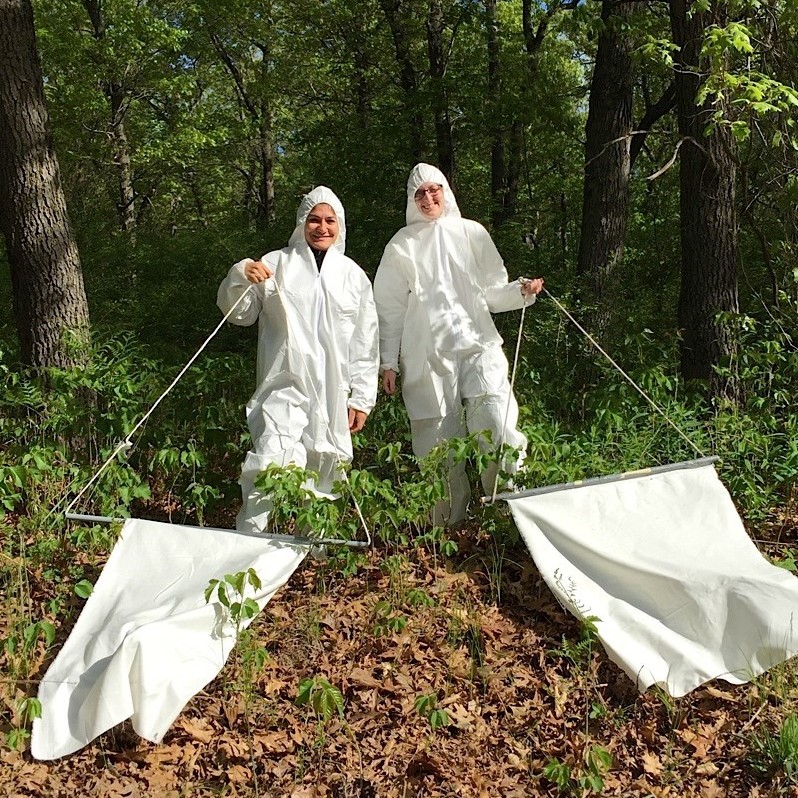
Flagging is a simple, inexpensive and effective way to collect ticks, a job which could otherwise be challenging as ticks are often no larger than an apple seed.
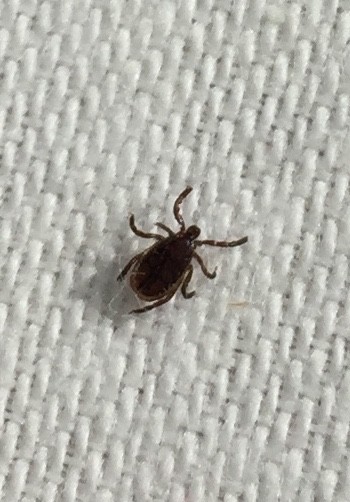
You do so by dragging a piece of white flannel sheet through a suspected tick habitat. The ticks will latch on to the material or the person holding the material as it goes by, hoping for a chance at a warm-blooded meal. A suitable habitat for a tick is usually made up of a mixed forest with low-lying vegetation and animal hosts like mice, deer, raccoons, chipmunks and birds to feast or travel on. In fact, ticks pick up the bacteria that cause Lyme disease from small animals like mice and chipmunks.
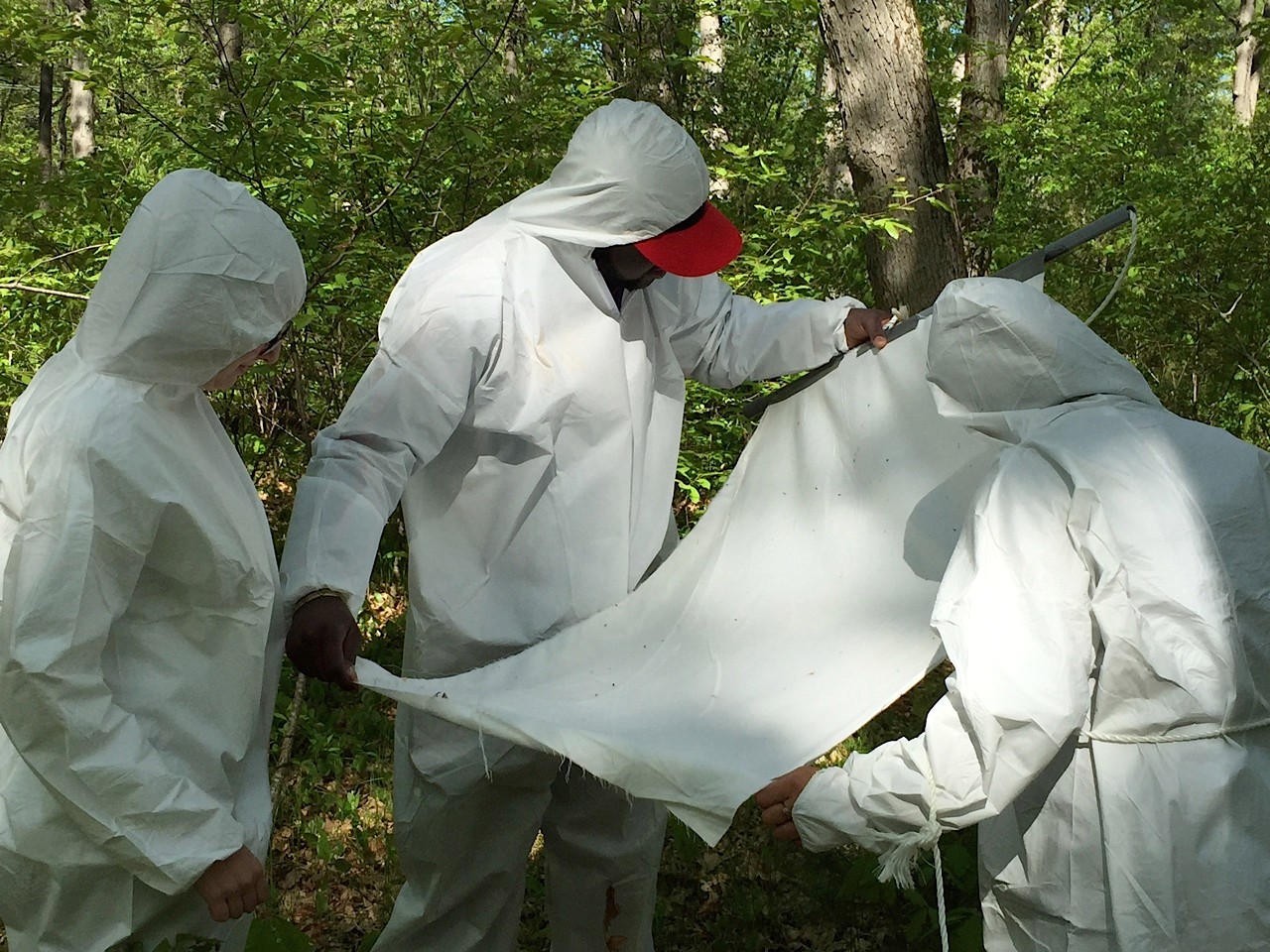
But, flagging for ticks isn’t just a matter of heading out for a nice walk through the woods with a bed sheet trailing behind you! Before heading out to collect ticks that could potentially spread disease, one must take precautions and suit up in one-piece, white coveralls (as seen in the image below) that are taped at the ankles and wrists to prevent any tick “hitchhikers” from finding their way up and into sleeves and pant legs.
After a day of flagging, once any discovered ticks have been collected, “flaggers” are thoroughly checked by another team member for the presence of ticks that may have been picked up, with special attention given to areas around the back and hairline.
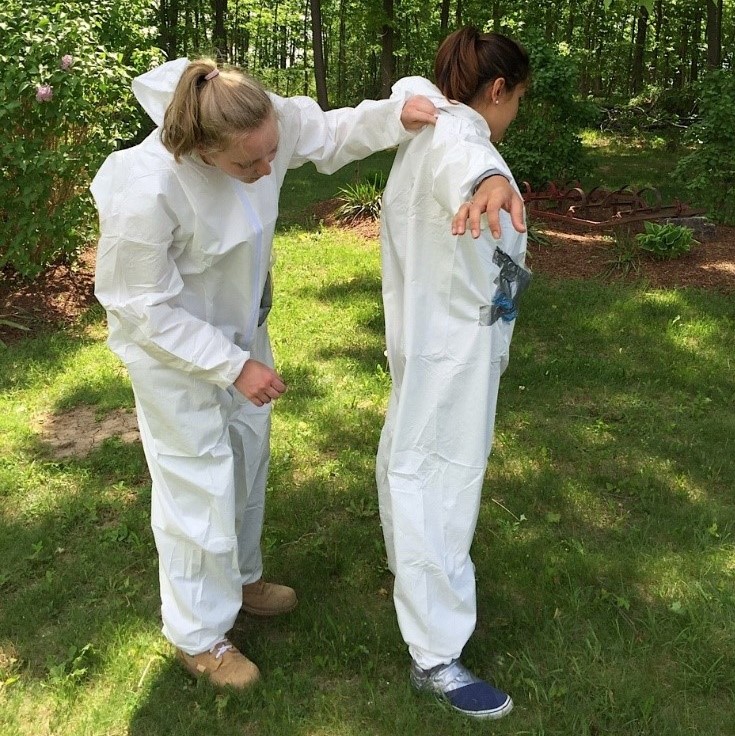
These steps taken by flaggers to protect themselves are very similar to steps we recommend you take before and after going for a hike or spending time in outdoor wooded areas:
- Wear long-sleeved, light-coloured clothing so ticks are easy to see
- Wear closed footwear and tuck pants into socks
- Use a repellent that contains DEET or icaridin
- Perform full-body tick checks on yourself, your children and your pets
For tips on how to identify ticks or for information on how to remove them from your skin, view our Tick ID Card.
If you have been bitten by a tick and are concerned, contact your healthcare provider. If you want to have the tick identified to see if it’s the species that can cause Lyme disease, you can submit a photo through eTick.ca or keep the tick to submit to us for identification. Correct identification is the first step in determining any tick-exposure response.
This blog post is an updated version of a post that originally appeared in October 2015.
